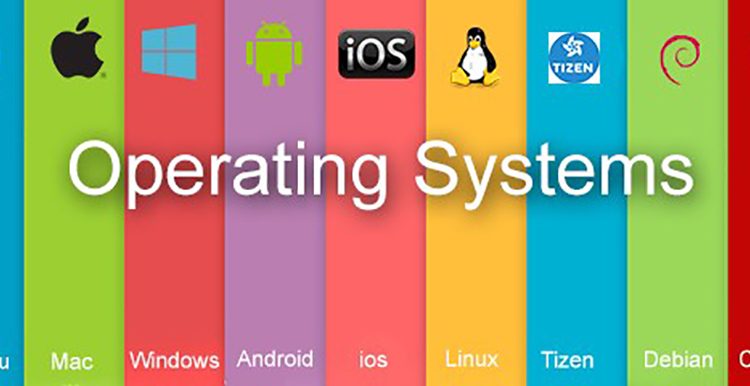100
Introduction to Operating Systems is a three (3) credit unit course of twenty-two units. It deals with the various operating …
Introduction to Operating Systems is a three (3) credit unit course of twenty-two units. It deals with the various operating system design concepts and techniques.
It also gives an insight into evolution of operating systems. Since operating systems is the most important software in the computer system, this course takes you through the various types of operating system depending on the environment, the design considerations, the functions performed by the operating system and how these are achieved/implemented either through hardware or software..
This course is divided into six modules. The first module deals with the basic introduction to the concept of Operating Systems such as definition and functions of operating system, history and evolution of operating system.
The second module treats, extensively, the various types of operating system.
The third module deals with concept of process management and discusses the concepts of Co- operating Processes, Threads, and CPU Scheduling.
The fourth module discusses process synchronization issues such as Race Condition, Mutual
Exclusion, Critical Section Problem, and other Classic Problems of Synchronization.
The fifth module treats deadlock issues such as deadlock Characterization and methods for dealing with deadlocks.
The last i.e. the sixth module discusses memory management functions of the operating system and issues such as memory management algorithms like paging, segmentation, contiguous memory allocation with their peculiar features were discussed.
This Course Guide gives you a brief overview of the course contents, course duration, and course materials.
What you will learn in this course
The main purpose of this course is to provide the necessary tools for designing and Operating system. It makes available the steps and tools that will enable you to make proper and accurate decision on designs issues and the necessary algorithms for a particular computing environment.
Thus, we intend to achieve this through the following:
Course Aims
- Introduce the concepts associated with Operating systems;
- Provide necessary tools for analysing a computing environment and choosing/designing appropriate operating system.
DOWNLOAD COURSE HERE
Course Currilcum
- OS2: Memory Management-Unit 3: Non-Contiguous Allocation FREE 01:00:00
- OS2: Memory Management-Unit 2: Memory Allocation Techniques FREE 00:40:00
- OS2: Memory Management-Unit 1: Memory Management Fundamentals Unlimited
- OS2: Deadlocks-Unit 2: Methods for Dealing with Deadlocks Unlimited
- OS2: Deadlocks-Unit 1: Deadlock Characterization Unlimited
- OS2: Process Synchronization-Unit 4: Critical Section Problem Unlimited
- OS2: Process Synchronization-Unit 3: Mutual Exclusion Unlimited
- OS2: Process Synchronization-Unit 2: Synchronization Unlimited
- OS2: Process Synchronization-Unit 1: Race Condition Unlimited

